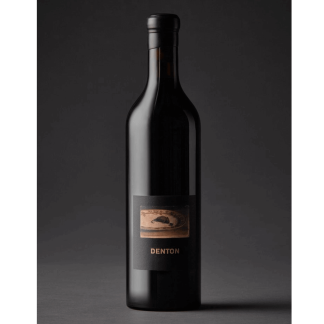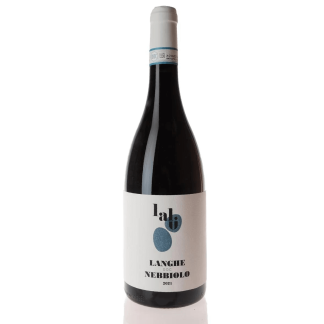Description
About Lalù Wines
Lalù is a remarkable story, the like of which you’ll barely ever hear in Piemonte. In a region where it’s notoriously hard for outsiders to gain a toehold, this is the tale of two young women who quickly kicked off not only a label, but a boundary-pushing estate—all in a mere handful of years.
Lara Rocchetti and Luisa Sala met in 2010 at the University of Pollenzo, Italy’s top university for Gastronomic Sciences. Just a short drive from Barolo, they spent their spare time visiting growers throughout the region, each adventure bringing them closer to a life in wine.
Following graduation, they travelled overseas to gain winemaking experience before returning to Italy, working with Reva winery in Barolo and at Conterno-Fantino in Monforte d’Alba. Dreaming of launching their own project, their big break came in 2015 thanks to the Oberto family at Trediberri, who connected them with their first land purchase, a bare block in La Morra’s Roncaglie Cru. At this time, they were just 24 years old.
While Lara and Luisa planted the parcel of land they had acquired in the Roncaglie Cru, they continued to work in Piemonte, learning all they could from their favourite growers. Yet it was their first visit to Burgundy that would deliver the Damascene moment. Working the 2017 vintage with Dominique Lafon provided the epiphany: “It changed the way we thought about wine.” They returned to work with Cécile Tremblay in Morey-Saint-Denis the following year. “We both realised we had to find a way to make elegant and fine Nebbiolo,” says Lara. “We didn’t want to focus on structure, tannin and power,” she says, referring to the traditional pillars of Piedmontese winemaking. “We wanted to focus on the Cru, the vineyard.”
Starting with just half a hectare of Nebbiolo in Roncaglie in 2015, as of spring 2023 Lalù owns more than two hectares and farms over five, spread between La Morra and Monforte d’Alba. A slither of La Coste di Monforte provides the single Barolo in the line-up. Offsetting the body and structure of the Roncaglie fruit, a second parcel of Nebbiolo in the sandier Bussia Bovi vineyard imparts aromatic intensity and delicacy to their gorgeously fragrant Langhe Nebbiolo.
As of 2022, their exciting new site Bricco Giubellini—the highest vineyard in Monforte d’Alba at 530 metres—is added to the mix. This same site will also contribute to Lalù’s deliciously sappy, layered take on Barbera d’Alba, which includes fruit from San Sebastiano in Monforte.
All of Lalù’s vineyards are certified organic—not that you will find official certification on the labels. Organics represent but a fragment of what they do, remarks Luisa. Instead, there is a far richer story at play. And nor are they afraid to break with tradition. Since 2020, they have converted all their vineyards to Marco Simonit’s method of Guyot pruning, and they no longer hedge their vines. Instead, the vines are woven into arches rather than cut, aiding ripening and minimising stress on the vine, amongst other things.
In 2019, Lalù were lucky enough to find a small cantina to rent in Serralunga d’Alba and went about producing their first vintage. Each wine receives its own treatment, depending on the year and conditions. The Barbera is currently vinified in concrete and ages for eight months before release. Future releases will include a portion of barrel-aged wines. The Nebbiolo sees partial aging in concrete, with part in large Austrian oak. The Barolo ferments and ages in large Stockinger oak instead of the traditional Slavonian botti.
Native yeasts take care of fermentation, and Lara and Luisa make a pied de cuve in more extreme years to get things under way. While there is no hard-and-fast recipe for maceration times, they perform minimal pump-overs by hand and use the gentle submerged-cap method for two to three weeks.
In another innovation borrowed from Burgundy zeitgeist, the pair hand-destems a portion of their grapes, à-la Bize-Leroy and Arnaud Mortet. This labour-intensive method involves cutting the berries off the stem yet keeping them fully intact on their pedicels. You get the whole-bunch benefit—the prettiness and perfume—without the stems’ impact on aromas, tannins and pH. This also results in a little intracellular fermentation, giving the vibrant, lifted character that fits nicely into Lalú’s philosophy of crafting a Barolo that can be fully savoured in its youth.
In a region that can be a closed shop to newcomers, Lalú has not only set out its stall but is thriving. Lara and Luisa’s wines already sell out on allocation and grace fine restaurant lists in Italy, the US and beyond. We’re delighted that they have chosen Bibendum to represent their wines in Australia. These will delight anyone who craves Burgundy-style perfume, finesse and drinkability. Welcome to the new Piemonte!






